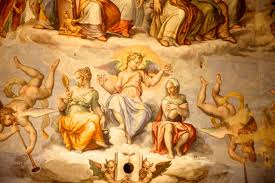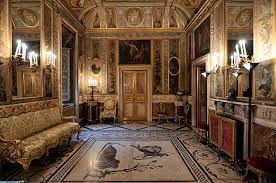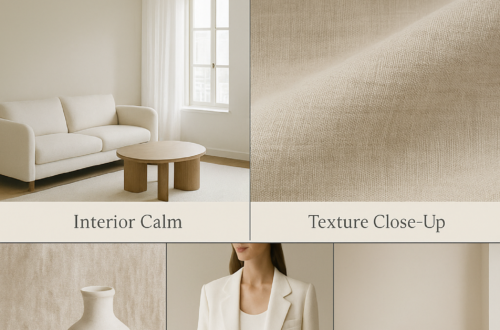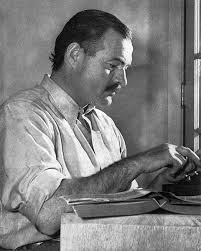
The Italian Renaissance—spanning from the 14th to the 17th century—was a period of extraordinary cultural rebirth. It wasn’t merely an artistic movement; it was a revolution in thought, aesthetics, and craftsmanship. This golden era, born in cities like Florence, Rome, and Venice, reshaped not only how people saw the world but also how they built, decorated, and lived in it.
From breathtaking frescoes to symmetrical architecture and lavish interiors, the design sensibilities of the Renaissance reflect a deep reverence for classical antiquity, humanism, and harmonious proportion. Let’s dive into the rich tapestry of this iconic period’s art, interior design, and architectural wonders.
The Artistic Foundation: Humanism and Classical Revival
At the heart of the Renaissance was Humanism—a philosophical shift that placed humans, their achievements, and their potential at the center of intellectual life. Artists began to study the human body, nature, and the science of perspective with almost scientific zeal.
Key themes of Renaissance art included:
• Realism: Greater attention to anatomy, movement, and facial expression.
• Perspective: Mastery of linear and atmospheric perspective gave depth to paintings.
• Classical Influence: Art and architecture borrowed motifs and ideals from ancient Rome and Greece—columns, arches, domes, and mythological subjects.
• Secularism: Though religious art remained central, there was a growing appreciation for secular subjects, portraits, and everyday life scenes.

Notable artists like Leonardo da Vinci, Michelangelo, Raphael, and Botticelli were not just painters—they were polymaths, often involved in sculpture, architecture, engineering, and anatomy.
Renaissance Architecture: Symmetry, Proportion, and Grandeur
The architecture of the Renaissance was a direct response to the Gothic style that preceded it. Where Gothic architecture soared with spires and pointed arches, Renaissance buildings settled into grounded harmony with columns, domes, and pediments.
Key Features of Renaissance Architecture:
• Symmetry and Geometry: Buildings were planned with mathematical precision; squares, circles, and harmonic ratios governed the layout.
• Columns and Pilasters: Drawn from the classical orders—Doric, Ionic, and Corinthian—these supported buildings and ornamented facades.
• Domes: The crowning glory of many structures. Filippo Brunelleschi’s dome on the Florence Cathedral was a feat of engineering and artistic elegance.

• Rounded Arches: A return to Roman forms, often used for windows, arcades, and doors.
• Rustication: Stonework that was rough or textured on lower floors, giving a sense of groundedness and strength.
Famous Architectural Examples:
• Florence Cathedral (Santa Maria del Fiore): With Brunelleschi’s dome, it symbolized the ingenuity of the new age.
• Palazzo Medici-Riccardi: A city palace that introduced the concept of urban grandeur with a tripartite elevation and rusticated stonework.
• Villa Rotonda (Andrea Palladio): Perfectly symmetrical, inspired by Roman temples—an architectural manifesto.
Interior Design: From Sacred to Splendid
Renaissance interiors were no less majestic than their exteriors. The home became a place of display—of wealth, education, taste, and classical knowledge. While churches and palaces were adorned with frescoes and elaborate altarpieces, even private residences saw a revolution in design.
Interior Design Elements:
• Frescoes and Mural Paintings: Walls and ceilings became canvases. Think of Michelangelo’s Sistine Chapel ceiling or the Raphael Rooms in the Vatican.
• Trompe-l’œil: A painting technique that creates the illusion of three-dimensional space, often used on ceilings to depict open skies, columns, or imaginary architecture.
• Cassoni and Furniture: The cassone, an ornate chest, often featured mythological scenes or family coats of arms. Furniture was solid, geometric, and usually made of walnut or oak.

• Marble and Stone: Used for flooring, tabletops, and wall decoration—often in intricate geometric inlays.
• Tapestries and Fabrics: Luxurious silks, velvets, and brocades with motifs like acanthus leaves, laurel wreaths, and mythological figures. These softened stone interiors and showed wealth.
• Lighting: Chandeliers and candelabras in bronze or wrought iron often included classical elements like griffins, putti, or satyrs.
Color Palette and Materials
The Renaissance color palette was rich and opulent—deep reds, lapis lazuli blues, earthy ochres, and brilliant golds. These were not just for aesthetics but often had symbolic meaning. For instance:
• Blue (ultramarine) signified heaven and was extremely expensive.
• Red denoted power, wealth, or martyrdom depending on context.
• Gold symbolized divine light and luxury.

Materials used included:
• Stucco and Plaster for sculpted ceiling work.
• Polychrome wood painted and gilded for decorative furniture and altarpieces.
• Terracotta tiles for floors, sometimes glazed with colored patterns.
• Carved marble for columns, staircases, fireplaces, and altars.
The Renaissance Home: A Look Inside
The typical upper-class Italian home (such as those of the Medici or Sforza families) had:
• A central courtyard (cortile) open to the sky, often with a colonnade.
• Large public reception rooms where art and luxury were displayed.
• Private chapels adorned with frescoes and religious relics.
• Libraries showcasing classical texts and illuminated manuscripts.
• Studiolos—small, private studies for reflection, writing, and reading, sometimes decorated with intarsia (wood inlay) panels.

Renaissance Legacy in Modern Design
Today, we still see the influence of the Italian Renaissance in neoclassical architecture, grand civic buildings, museums, and luxury interiors. Designers draw inspiration from the Renaissance’s emphasis on proportion, texture, and timeless elegance. The Renaissance not only shaped Western art and architecture—it laid the foundations for modern concepts of beauty, domesticity, and artistic genius.
In Conclusion
The Italian Renaissance wasn’t just about beautiful paintings or famous artists—it was a complete transformation in how people lived, created, and thought. Every arch, every fresco, every carved panel in a Renaissance space was imbued with meaning, intellect, and a celebration of life. It’s a reminder that design, at its best, is both an art and a philosophy.
If you’re ever lucky enough to walk through a Renaissance villa or cathedral, look up—you might just see the heavens painted on the ceiling.
Thanks for reading. Have a wonderful day.






One comment on “The Art and Design of the Italian Renaissance: A Journey Through Beauty, Balance, and Brilliance”